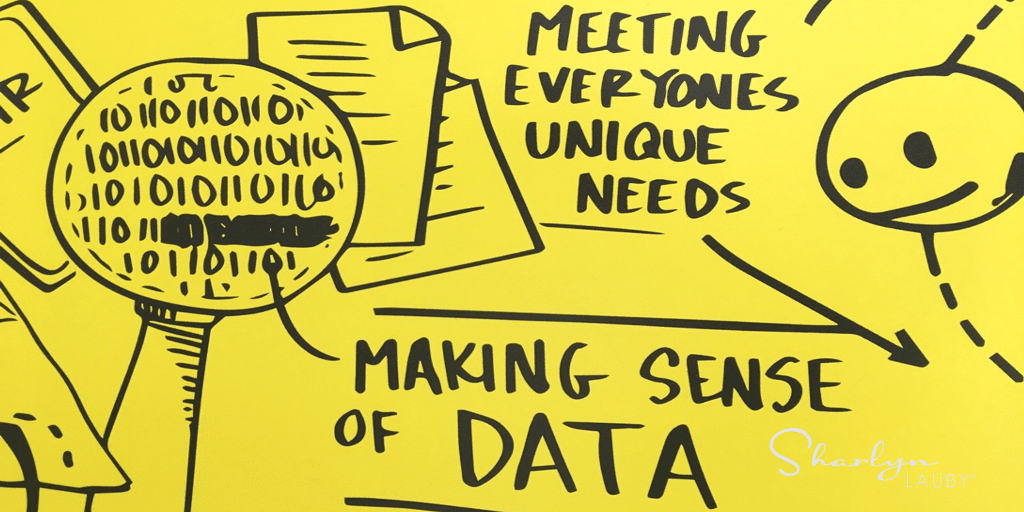Managing Organizational Hierarchies In a World of Networks
During KronosWorks 2016, I had the opportunity to hear keynote speaker Seth Mattison of FutureSight Labs talk about the future of work. One of the things that I found intriguing about his session was his comment that, “You can’t talk about the future without having some perspective on the past.”
I totally agree with his statement. Understanding where you came from and what makes you successful can be a huge asset for your future success. The key is not clinging to the past so tightly that you miss out on what’s coming next, which I will admit is often hard to identify. I’ve said it before, the world is moving so fast – is the “thing” we’re being exposed to a passing fad or a legitimate trend?
One trend Mattison touched on was the value of networks in business. Today’s digital world is full of networks (i.e. social media networks, web communities, etc.) These networks have been created so we can learn from each other, whether that’s via a YouTube video or a TweetChat. Our networks provide us with information – powerful information – because networks embrace openness, trust, and transparency among the members of the network. Networks provide an exponential reach where everyone has a microphone and anyone can have a platform. Power comes from sharing, not hoarding, information.
However, the challenge both individuals and organizations face is that we work in a world built on hierarchies. A perfect example is the organizational chart. Organizational charts are more than simply a diagram you might find in the employee manual. They speak to how the company operates. They’re about policies, procedures, etc. Mattison even pointed out common phrases like, “The higher ups have a meeting in that room.”, “She worked her way up.”, and “We need to communication this information down to the troops.” that accentuate the point.
As organizations adopt more technology, they will have to figure out how to balance those old-school hierarchies we’ve been accustomed to with new world networks. I don’t want to say replace because I can see where both have their advantages. Hierarchies can be helpful in communicating information and establishing authority. Networks can encourage collaboration and team development. Dr. John Kotter wrote an article in Harvard Business Review several years ago, suggesting that organizations need to support two structures (hierarchy and network) under the same roof. He added that it’s the network structure where big ideas and innovation will happen.
Chances are that most, if not all, organizations have the hierarchy structure in place. It’s the network structure that will need some planning and discussion. And it’s important to note: network doesn’t mean anarchy. Network structures involve leveling the playing field where job titles don’t matter.
Some organizations might tend to think that the fastest way to build a network structure is with technology. But Mattison says the first and the most important component is MINDSET. He defines that as employees being courageous and making the intentional choice to decide how they’ll show up.
I don’t want to minimize the mindset point. This can be difficult. Individuals have worked hard for their titles. This isn’t about ignoring what went into the title. It’s about understanding the audience and learning how to process change so you can adapt to both the hierarchy and network structures as necessary.
Organizations that want employees to be skilled in multiple structures will benefit by investing in training and giving employees the ability to practice in a safe environment. Self-management will give employees the tools to help the organization accelerate their growth.
Image captured by Sharlyn Lauby at the 2016 HR Technology Conference in Chicago, IL
1